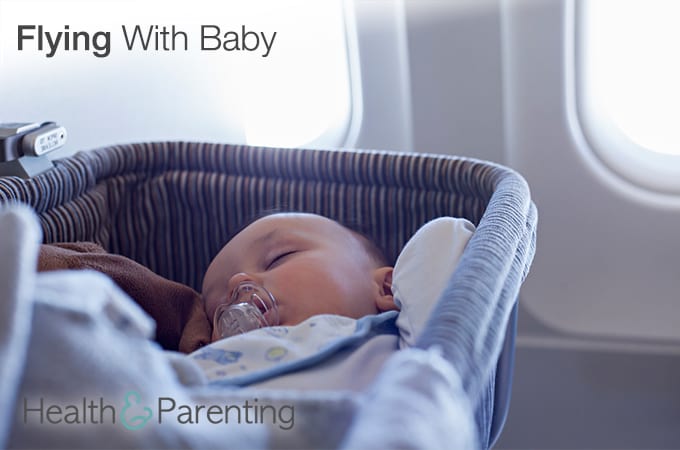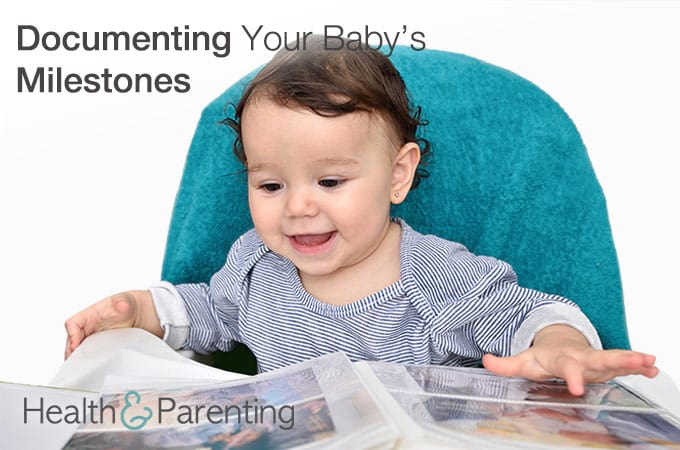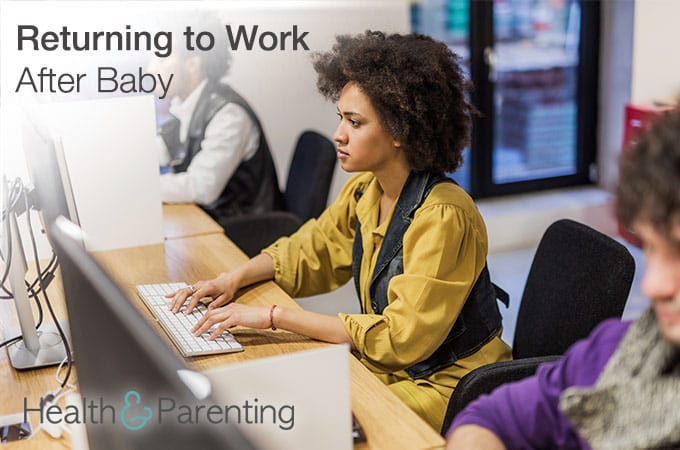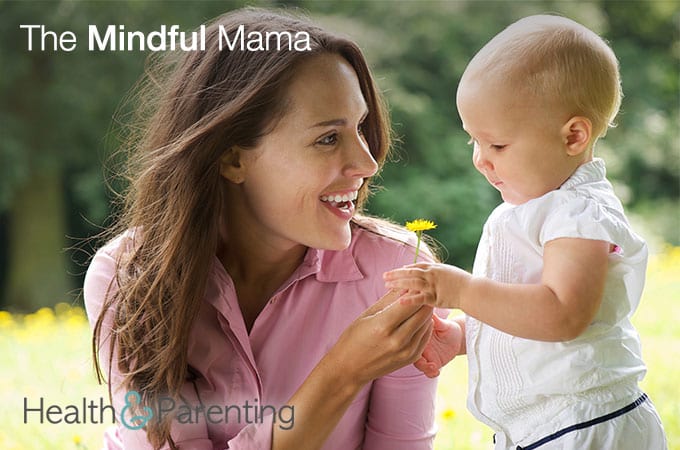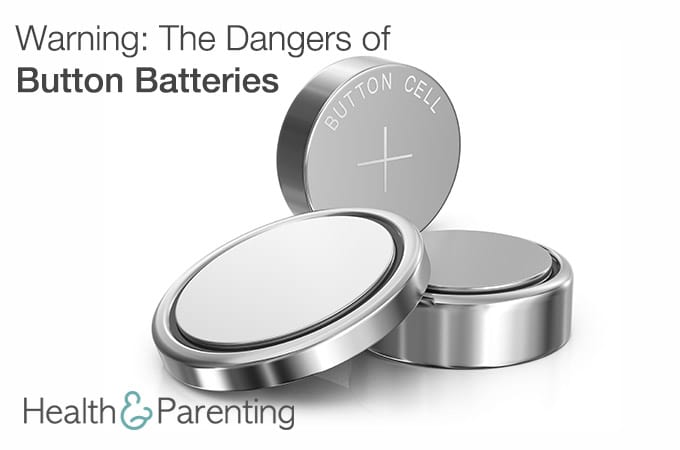When my daughter was 5-weeks-old, my husband had a conference to attend and I had decided to go with him. We dropped the preschoolers off at grandma’s house, and took baby along. It was probably one of the easiest trips I’ve ever taken – even though we had a short layover and needed to change planes.
Just because you’ve got a little one doesn’t mean you need to stop enjoying the world. Babies are pretty portable, and they tend to enjoy anywhere you are. It doesn’t need to be a trip to Disney World yet – it can be a visit to your friends in another city. Traveling with a baby simply takes some additional planning – especially when you’re flying.
Give yourself lots of extra time for security, baggage checking, and getting to your gate. Flying overnight – or at naptime – can be helpful. Your baby may sleep through the whole thing! Dress your baby and yourself in layers and be sure you wear comfortable shoes.
Packing:
While you may have been able to get along with just a carry-on for past trips, you’ll likely have checked luggage on this trip. Take advantage of curbside luggage check-in, if available. Know ahead what counts as a carry-on. You may have a diaper bag, purse, stroller, car seat and small suitcase, and you don’t want to be caught off guard at the gate.
Wearing your baby in a sling or soft carrier may make maneuvering in the airport much easier than trying to do so with a stroller. You’ll have both hands free to steer the luggage. If you bring the stroller, you may end up using it as a luggage cart! Know your airline’s policies for gate checking larger items.
Pack extras of everything – you never know when flights will change due to weather or other issues. Being stuck in an airport without diapers and wipes will be a challenge, so make sure you have plenty.
Check with your airline:
Will you be purchasing and extra seat so you can bring baby’s car seat? Or will the airline allow you to hold your baby? Are there regulations for size you need to take into account? Even though it’s one more bulky thing to carry, a child safety seat may be better than keeping your baby in arms throughout the flight. You’ll have more mobility, and you will have a little more space.
Some airlines have priority boarding for families, but some don’t. It’s helpful to know ahead of time. Getting your baby settled and all your stuff stowed before other passengers start to board can relieve a lot of stress. You’ll also want to keep baby safe as others are placing their belongings in the overhead bins.
Choose your seat ahead if you can. If you’re bringing a safety seat, airlines may have restrictions on where these can be placed (not in a row with emergency exits, for instance). Bulkhead seats also tend to be a little roomier and a little more private (your baby won’t be bothering anyone in front of you).
Check your airline’s website for additional information about their policies – for example, will you need to bring baby’s birth certificate? Will you need a boarding pass for baby?
On your flight:
If you’re breastfeeding, you may want to nurse your baby during take off and landing. The sucking helps to help with the pressure build-up in baby’s ears, and will keep him calm (and quiet). A pacifier or bottle will work, too.
Depending on the length of your flight and your baby’s age, you may need to pack some toys to keep baby busy. Consider buying one or two new toys that baby has never seen before – the wonder of exploring something new may keep baby busy longer. Even a Baby Einstein video downloaded to your tablet can be a life-saver on a long plane ride.
Have you traveled with a baby? What tips do you have for other parents?
Written by Michelle, childbirth instructor, lactation consultant, and mother to 4 busy kids
This information is not intended to replace the advice of a trained medical doctor. Health & Parenting Ltd disclaims any liability for the decisions you make based on this information, which is provided to you on a general information basis only and not as a substitute for personalized medical advice. All contents copyright © Health & Parenting Ltd 2016. All rights reserved.

